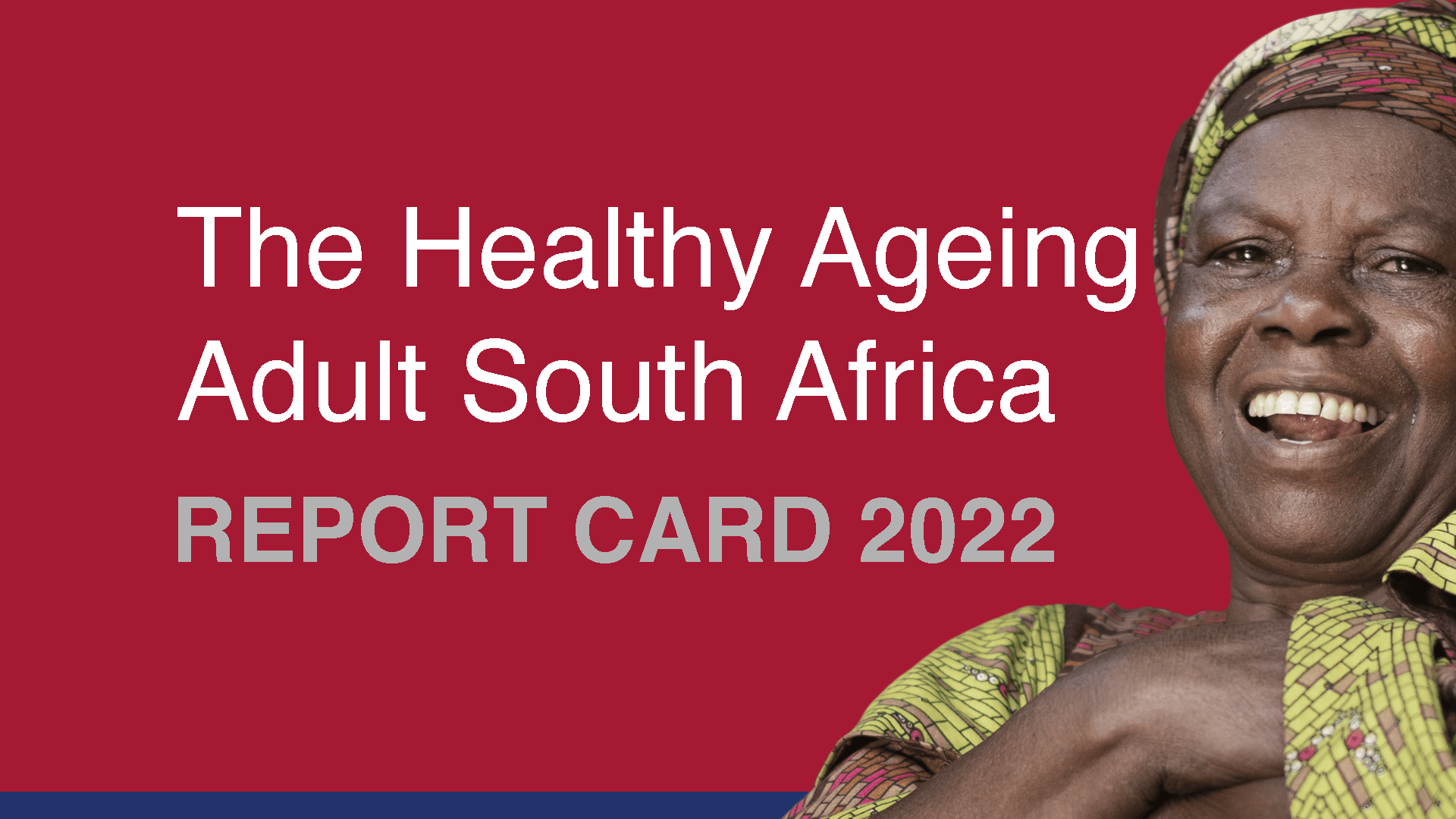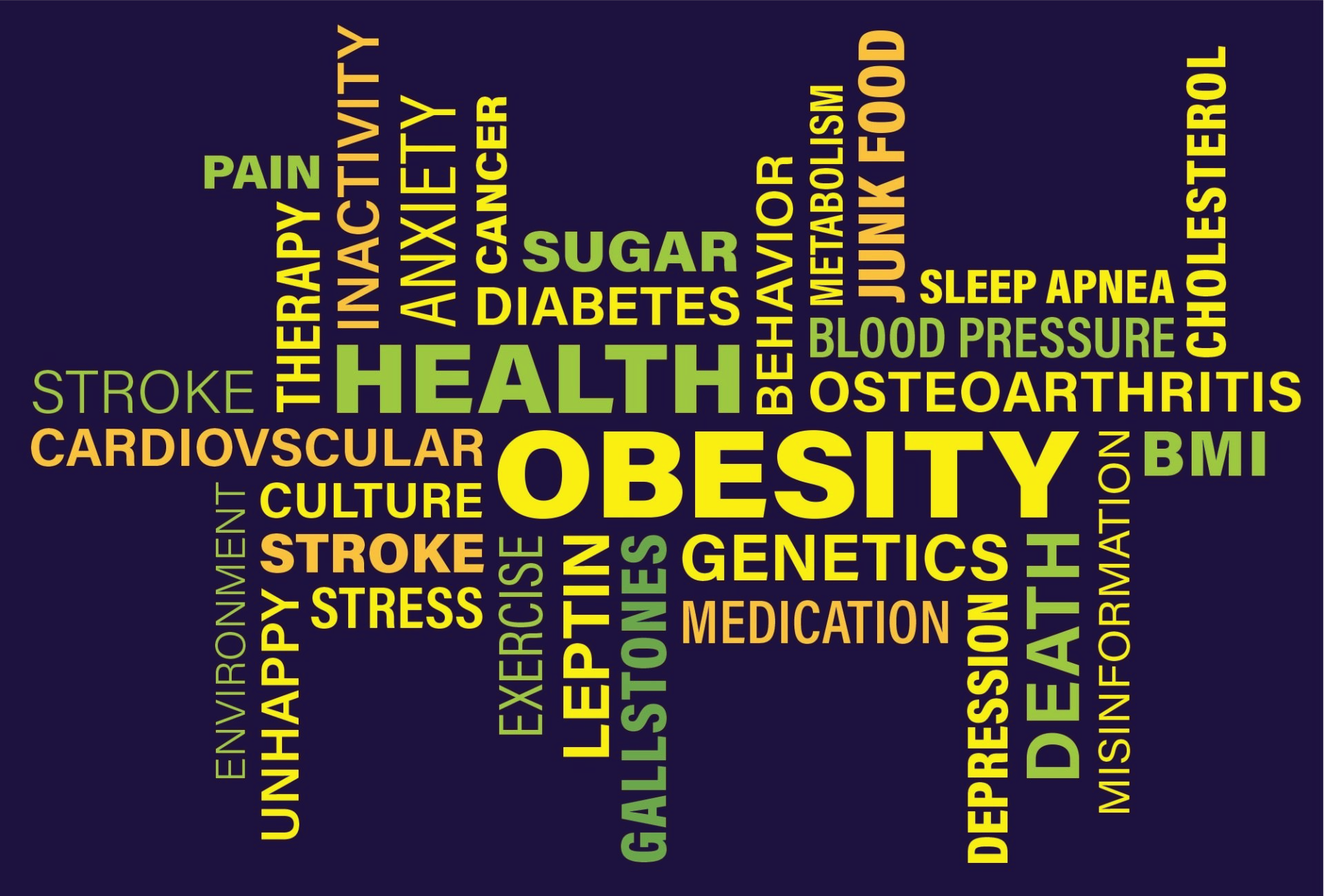SUSTAINABLE DEVELOPMENT GOAL 3:
by ACTION
The UN has set a global target as part of the Sustainable Development Goals to “end hunger by 2030“. Currently we are far from reaching this target.
In our research on Hunger and Undernourishment we look at how many people are undernourished; where they live; childhood undernourishment; and food insecurity across the world.
SUSTAINABLE DEVELOPMENT GOAL 3
Ensure healthy lives and promote well-being for all at all ages
The UN explains: "Significant strides have been made in increasing life expectancy and reducing some of the common killers responsible for child and maternal mortality.
Major progress has also been made on increasing access to clean water and sanitation, reducing malaria, tuberculosis, polio and the spread of HIV/AIDS.
However, many more efforts are needed to control a wide range of diseases and address many different persistent and emerging health issues."
In-depth analysis across a range of health-related topics can be found at the Our World in Data entries on:
- Global Health,
- Polio,
- Life Expectancy,
- Maternal Mortality,
- Child Mortality,
- Malaria,
- HIV/AIDS,
- Suicide,
- Burden of Disease,
- Eradication of Diseases,
- Causes of Death,
- Financing Healthcare,
- and Smoking.
The UN has defined 13 Targets and 28 Indicators for SDG 3. Targets specify the goals and Indicators represent the metrics by which the world aims to track whether these Targets are achieved. Below we quote the original text of all Targets and show the data on the agreed Indicators.
How is the world doing on this goal?
Target 3.4: Reduce mortality from non-communicable diseases and promote mental health
UN definition: By 2030, "reduce by one third premature mortality from non-communicable diseases through prevention and treatment and promote mental health and well-being."
SDG INDICATOR 3.4.1
Mortality rate attributed to cardiovascular disease, cancer, diabetes or chronic respiratory disease
Definition: Indicator 3.4.1 is the "mortality rate attributed to cardiovascular disease, cancer, diabetes or chronic respiratory disease."
This is defined as the percent of 30-year-old-people who would die before their 70th birthday from any of cardiovascular disease, cancer, diabetes, or chronic respiratory disease, assuming that they would experience current mortality rates at every age and would not die from any other cause of death (e.g. injuries or HIV/AIDS).
Goal: By 2030 reduce premature mortality from non-communicable diseases (NCDs) by one-third in all countries.
More research: Further data and research on non-communicable diseases can be found at Our World in Data entries on Causes of Death, Burden of Disease, and Cancer.
More about Obesity & Resent Articles and Events

Obesity rates are rapidly increasing in the African Region, as in most parts of the world.
There is a common misconception that obesity and other noncommunicable diseases (NCDs) only occur among the wealthy.
Strategy for the prevention and control of Obesity in South Africa - 2015 - 2020
Act today for a healthier future. HSF supports the World Obesity Federation (WOF) in the initiative to stimulate and support practical actions to address obesity.
ACTION
African Centre for Obesity Prevention
PARTNERS
Join our growing list of partners, including:
Preventing obesity for a healthier tomorrow
Business Hours
- Mon - Fri
- -
- Sat - Sun
- Closed
About Us
Contact
Office:
+27 10 447 3721
E-mail:





